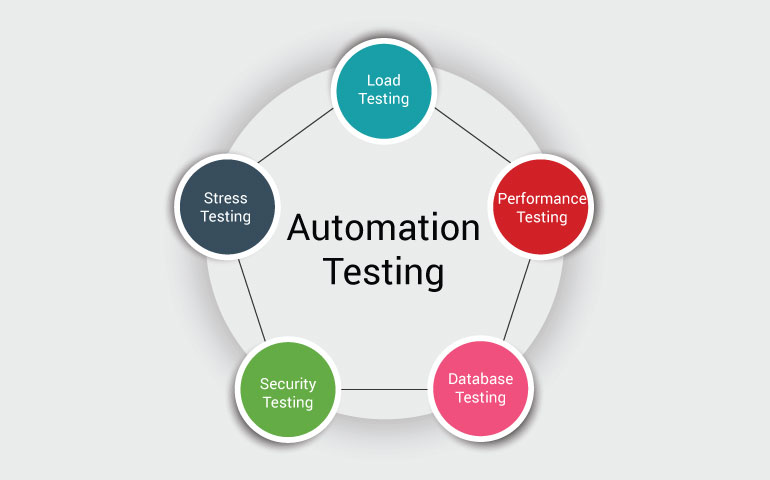Code test automation involves the use of automated scripts or programs to accomplish different testing activities about software applications. These kinds of automated tests will be written in scripting or programming different languages and are developed to verify the functionality, reliability, and satisfaction of the computer software. Test automation will be a crucial component of the software development lifecycle, supporting to catch problems early, ensure constant testing, and aid faster release periods. Here are essential aspects related to be able to code test robotisation:
Test Automation Frames:
Test automation frameworks provide a structured collection of guidelines, guidelines, and tools intended for writing and performing automated tests. Frequent frameworks include Selenium, Appium, JUnit, TestNG, and others.
Coding Languages:
Automated tests are written applying programming languages such as Java, Python, C#, JavaScript, or other folks, depending on the particular chosen testing structure and the technology stack of the particular application under check.
Unit Testing:
Publishing automated tests with regard to individual units or perhaps components of the software program to ensure that will they function as planned. Unit testing will be often performed by simply developers as element of the coding process.
Integration Screening:
Automating tests to be able to verify the interaction between different parts or systems to make sure they work along correctly.
Visit this site -to-End Tests:
Automated tests that simulate real user scenarios by mingling with the program coming from end to finish, covering multiple components and functionalities.
API Assessment:
Automating tests with regard to application programming barrière (APIs) to confirm their functionality, files integrity, and connection between different software components.
Performance Tests:
Automated tests developed to assess the software's responsiveness, scalability, and stability under different load situations. Tools like Apache JMeter or Gatling are commonly used intended for performance testing.
Regression Testing:
Automating checks that ensure innovative code changes do not adversely influence existing functionalities. This can help catch regressions presented by new innovations.
Continuous Integration (CI) and Continuous Application (CD):
Integrating computerized tests into CI/CD pipelines to instantly run tests whenever there are computer code changes. This ensures early detection regarding defects and helps continuous delivery.
Data-Driven Testing:
Designing programmed tests to run with multiple units of input files, allowing for a comprehensive validation of the particular application's behavior beneath various conditions.
Parallel Testing:
Running several automated tests at the same time to lessen overall testing time. This is definitely important for keeping fast feedback loops in agile advancement environments.
Cross-Browser in addition to Cross-Platform Testing:
Automating tests to ensure that the software works consistently across various web browsers in addition to platforms.

Reporting plus Logging:
Generating thorough reports and records that provide insights into test setup results, failures, and performance metrics.
Code Version Control:
Making use of version control techniques (e. g., Git) to manage changes to the automated evaluation code and team up effectively with associates.
Effective test motorisation requires careful preparation, maintenance, and effort among team people. You have to strike a balance between automated and manual screening based on typically the project's requirements and even goals. Automated tests complements manual testing efforts, helping clubs deliver high-quality software program with greater performance.
